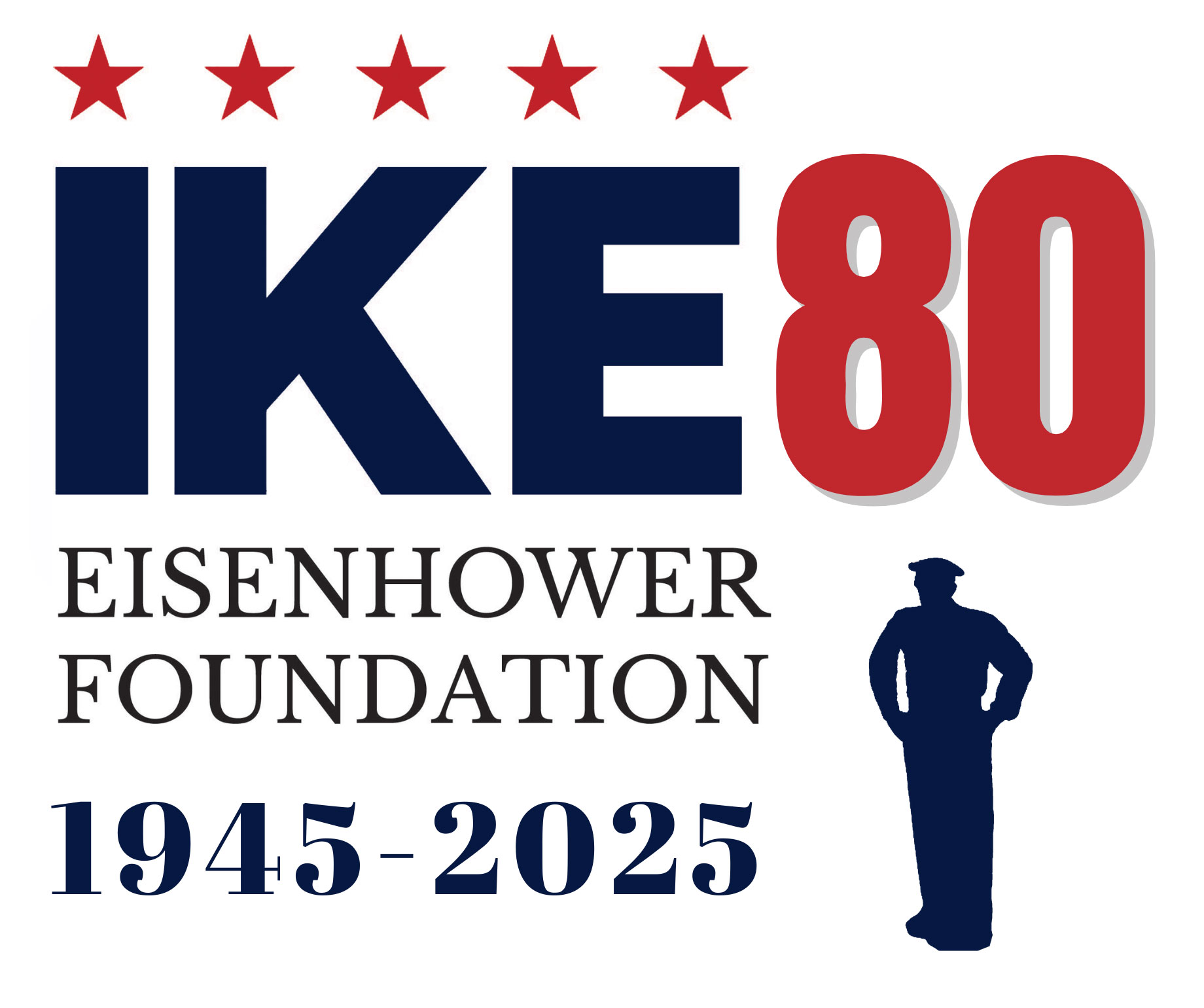Soldier Details
Division:
Highest Rank:
MajorTheater of Operation:
Served:
Military Honors:
Purple Heart
Distinguished Service Cross,
Croix de Guerr - France & Belgium
Honored By:
Biography
Richard "Dick" Winters was born in New Holland, Pennsylvania, to Richard and Edith Winters on January 21, 1918. The family soon moved to nearby Ephrata and then to Lancaster when he was eight years old. He graduated from Lancaster Boys High School in 1937 and attended Franklin and Marshall College.
At Franklin and Marshall, Winters was a member of the Upsilon chapter of Delta Sigma Phi fraternity and participated in intramural football and basketball. He had to give up wrestling, his favorite sport, along with most of his social activities, to focus on his studies and the part-time jobs that paid his way through college. He graduated in 1941 with a B.S. in Economics, earning the highest academic standing in the business college.
On August 25, 1941, Winters enlisted in the Army. In his memoirs, he later wrote that he "had no desire to get into the war" but joined to fulfill a one-year service requirement and to avoid being drafted later. He completed basic training in South Carolina and, after being identified as a person with leadership potential, was sent to Fort Benning, Georgia, to attend Officer Candidate School. It was there that he decided to become a paratrooper. He was assigned to Company E, 2nd Battalion, 506th Parachute Infantry Regiment. The 506th Regiment was the first to undergo airborne training as a cohesive unit, making it somewhat of an experiment—of the 5,300 volunteers, only 1,800 men successfully completed training.
At around 1 a.m. on June 6, 1944, Winters landed in Normandy as part of the Allied invasion. Vital Allied planes had been shot down, and he had lost his weapon. Quick on his feet, he employed his natural leadership skills, rallied what paratroopers he could, and pressed on with the assignment. Winters assumed the role of acting commanding officer after the previous lieutenant was killed during the raid. He led thirteen men, who were under heavy fire, and successfully destroyed a German artillery battery of 105mm guns manned by fifty enemy soldiers. After the battle, he was promoted to captain and went on to lead his troops in several other tactical military operations.
Company E participated in two other major assaults under Winters’ command. The first, in September 1944, was Operation Market Garden, a failed attempt to reclaim the Netherlands. The second, in December of the same year, was the Battle of the Bulge, which proved to be a crucial victory in weakening German forces. During his service, Winters was promoted to the rank of Major. His valiant efforts earned him the Distinguished Service Cross, the second-highest award given to a member of the Army, along with numerous other medals and accolades.
On June 6, 2012, the 68th anniversary of D-Day, a bronze statue in his likeness was erected in Sainte-Marie-du-Mont, France. The actions of Richard Winters south of the village of Le Grand-Chemin, known as the Brécourt Manor Assault, have been studied at the U.S. Military Academy at West Point as a textbook example of a successful assault on a fortified position by a numerically inferior force.
(Courtesy of militarymedals.com.)


